It’s finally Halloween! I hope you’ve been enjoying this month of yokai coordinations as much as I have! I knew for the finale I needed something bold, and since I’d already used my hikizuri for Iso-onna, I decided to feature the drama of a kurotomesode. And really, what’s more appropriate to finish off this project than an actual haunted kimono spirit? Kosode no Te literally means short-sleeved kimono with hands, and is typically a deceased courtesan’s kimono, or the kimono of someone with unresolved issues. Spectral hands reach out of the sleeves of the kimono and assault the person trying to wear it, or the person who may have wronged the previous owner.
The motif on this particular kimono is called Tagasode, or “Whose Sleeves?” and it’s literally a bunch of kimono airing out on racks. It’s absolutely perfect for this particular yokai, don’t you think? I paired it up with a vintage obi in similar desaturated vintage tones. The obi has a design of thread bobbins, further emphasising the clothing and textile motif. I decided to go with bright red accessories for a punch of almost violent colour to tie it all together.
I’ve had such a wonderful time doing this project, I think it was my favourite Halloween theme I’ve done so far. But I am looking forward to some more “normal” coordinations, not to mention my birthday coming up in November!
Items used in this coordination
- Tagasode Kurotomesode
- Taisho Beige Floral
- Floral
- Red Chirimen
- Red Furisode
- Red Shigoki Obi

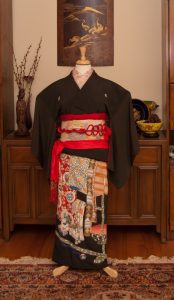
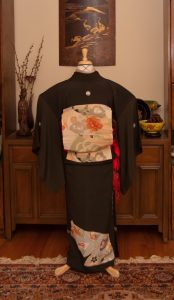
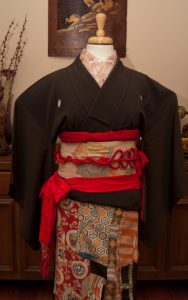
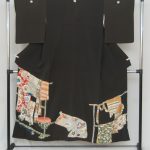
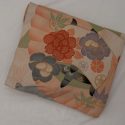
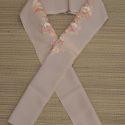
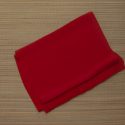
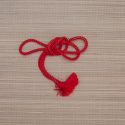
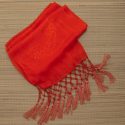
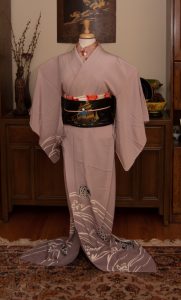
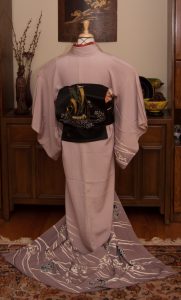
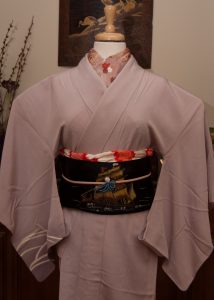
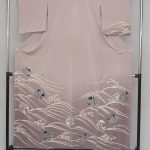
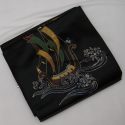
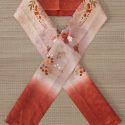
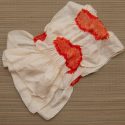

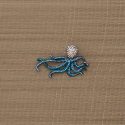
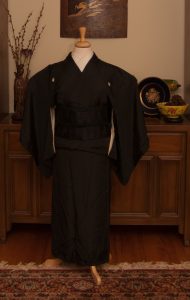
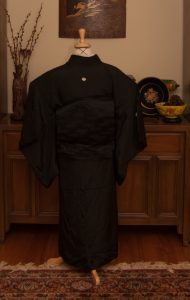
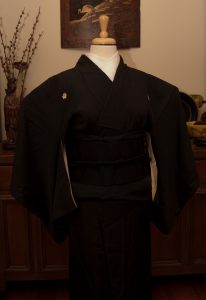
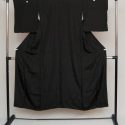
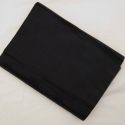
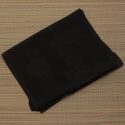
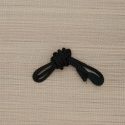
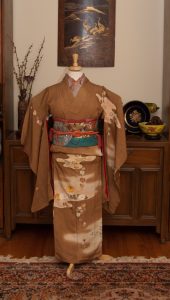
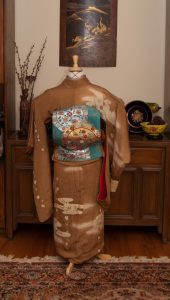
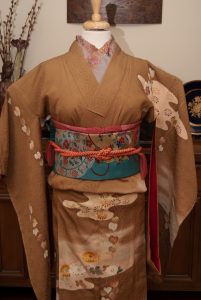
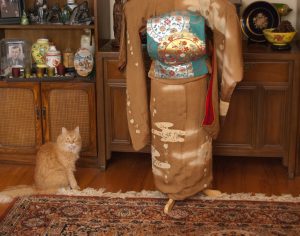
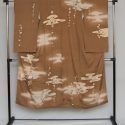
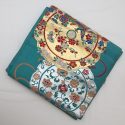
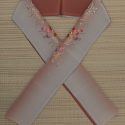
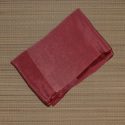

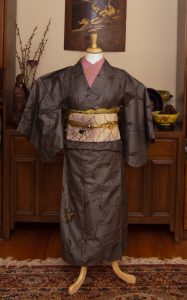
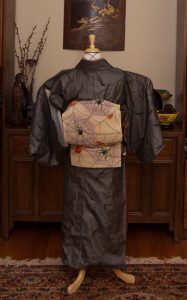
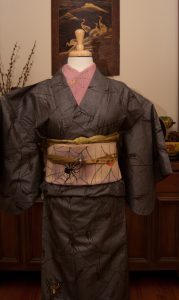
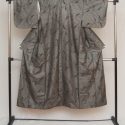
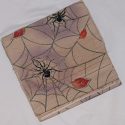
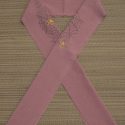
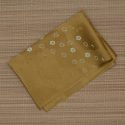
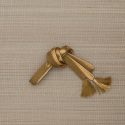












 Bebe Taian
Bebe Taian CHOKO Blog
CHOKO Blog Gion Kobu
Gion Kobu